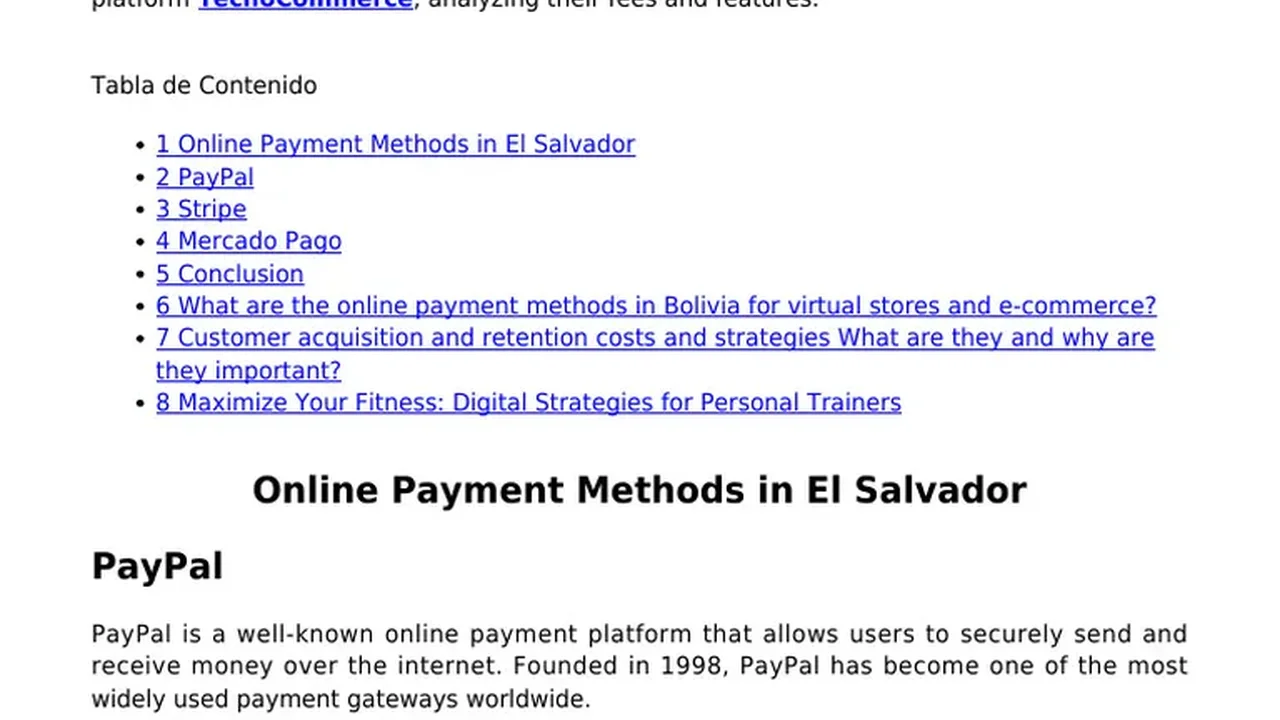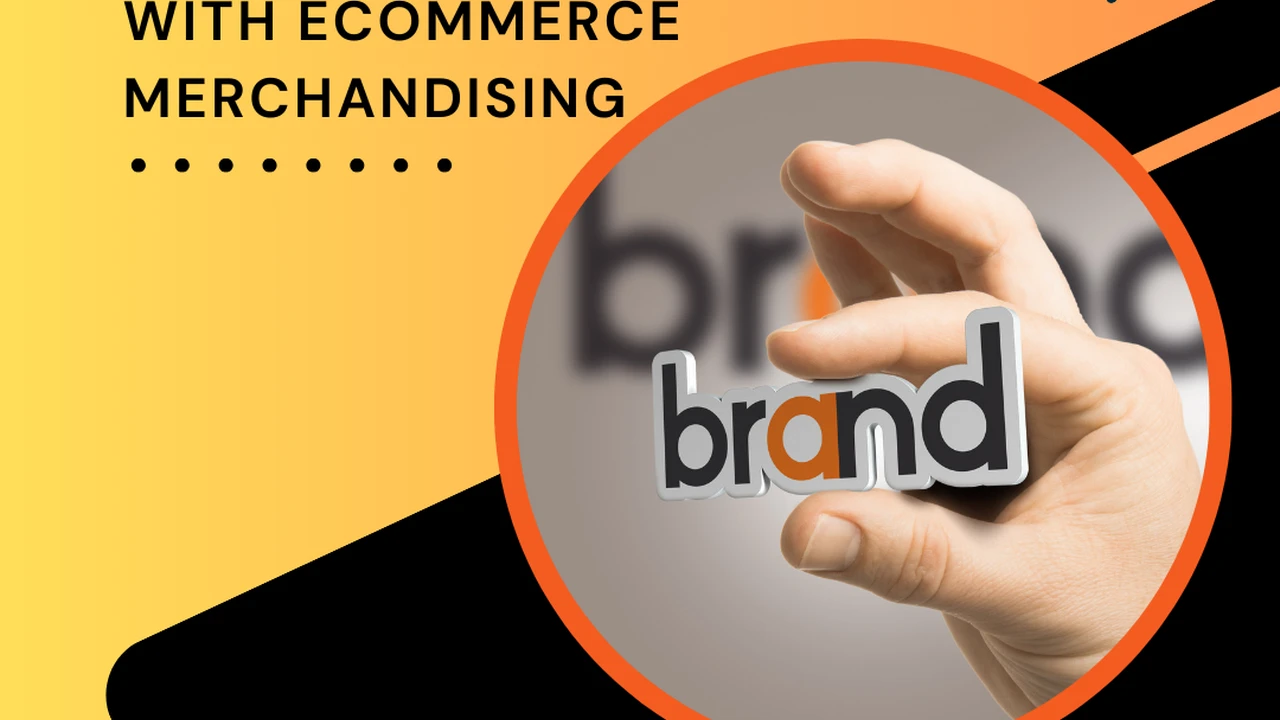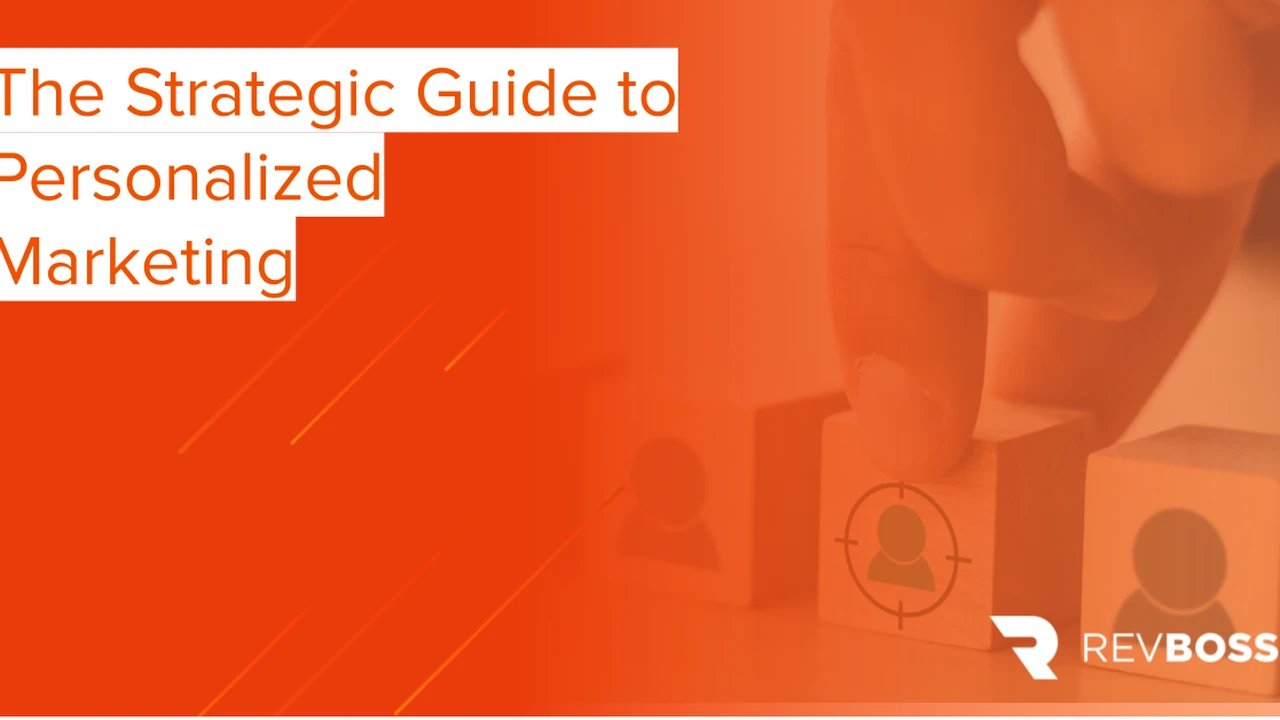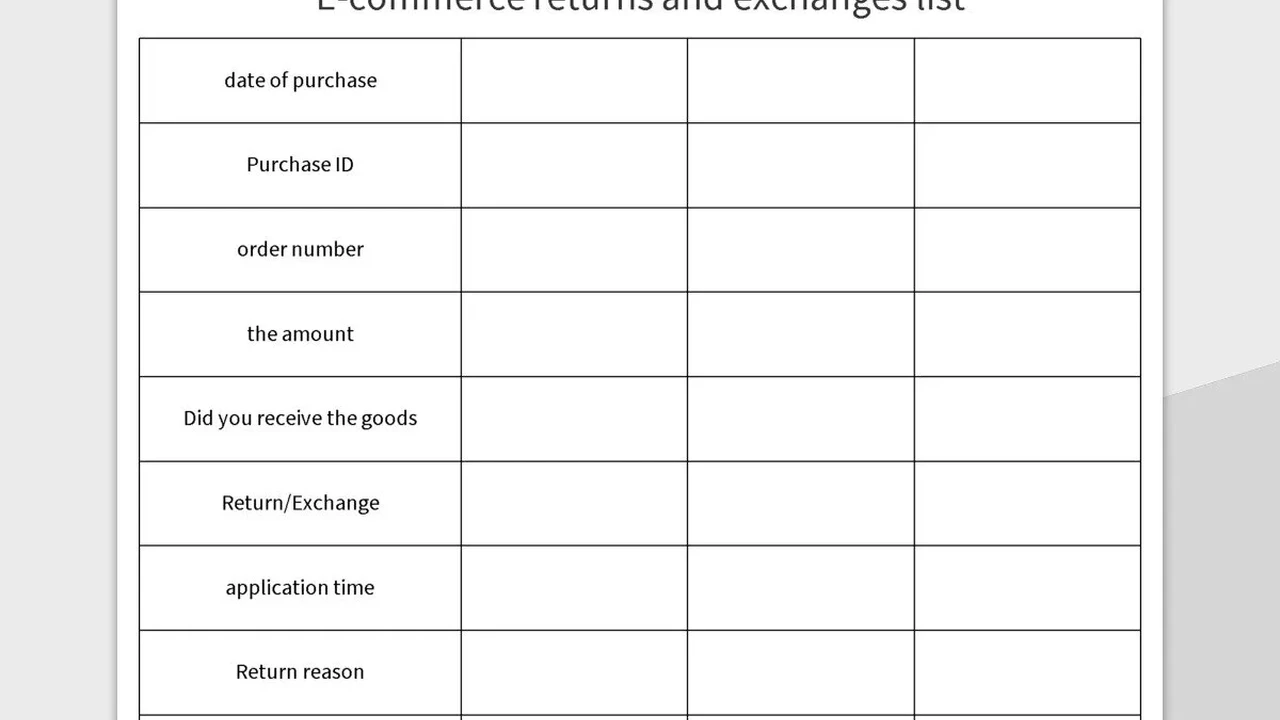Building a Successful E-commerce Brand in SEA & Mexico
Sample meta description.
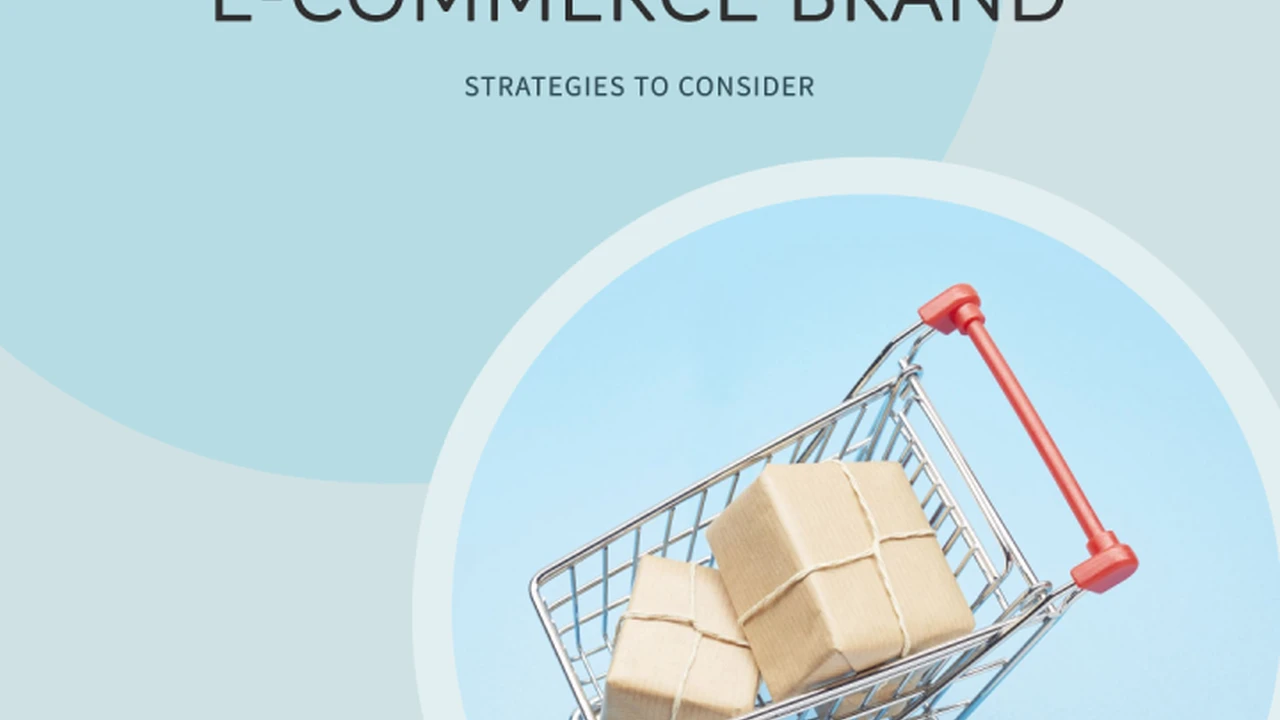
Understanding the E-commerce Landscape in Southeast Asia (SEA) & Mexico
Okay, let's dive right in. So you want to build a killer e-commerce brand in Southeast Asia and Mexico by 2025? Awesome! These are two super dynamic markets, but they're also wildly different. SEA is a collection of diverse countries (Indonesia, Thailand, Vietnam, Philippines, Malaysia, Singapore, etc.) each with its own culture, language, and consumer behavior. Mexico, on the other hand, is largely Spanish-speaking and culturally more homogenous, but has its own set of unique challenges and opportunities. Think about infrastructure – internet penetration varies massively. Consider logistics – getting products to customers can be a real headache in some areas. And don't even get me started on payment preferences – credit cards aren't king everywhere!
Key Market Trends: Mobile-First, Social Commerce & Cross-Border Opportunities
First things first, these markets are mobile-first. If your website isn't optimized for mobile, you're dead in the water. Seriously. People are browsing, shopping, and paying on their phones. Think about optimizing images, simplifying the checkout process, and making sure your site loads lightning fast on mobile data. Next up: social commerce. Forget just running ads. You need to be actively engaging with customers on platforms like Facebook, Instagram, and TikTok. Influencer marketing is huge, and live selling is taking off. Finally, cross-border e-commerce is a massive opportunity. Consumers are increasingly comfortable buying from international brands, but you need to navigate import duties, taxes, and shipping logistics. Think about partnering with local distributors or using fulfillment centers to streamline the process.
Target Audience Segmentation: Identifying Your Ideal Customer in SEA & Mexico
Who are you selling to? Don't just say "everyone." That's a recipe for disaster. You need to segment your target audience based on demographics, psychographics, and buying behavior. In SEA, for example, you might target young, tech-savvy millennials in urban areas who are interested in fashion and beauty products. In Mexico, you might target middle-class families who are looking for affordable household goods. Understanding your target audience will help you tailor your marketing messages, choose the right products, and optimize your customer experience. Consider conducting market research through surveys, focus groups, and analyzing existing data to pinpoint these segments accurately. Understanding their online behavior, preferred communication channels, and pain points is crucial for effective targeting.
Product Selection: What Sells Well in SEA & Mexico?
Okay, let's talk products. Some categories are consistently popular across both regions, but it’s important to consider local nuances. Fashion and apparel are always a safe bet, but you need to stay on top of the latest trends. Beauty and personal care products are also in high demand, particularly those that cater to specific skin types and concerns. Consumer electronics are popular, but you need to offer competitive pricing and reliable warranties. And of course, food and beverage products are a staple, but you need to be mindful of local tastes and preferences. For example, spicy snacks are huge in Mexico, while healthier options are gaining traction in SEA. Consider seasonal trends as well. Diwali and Lunar New Year are major shopping holidays in SEA, while Christmas and El Buen Fin (Mexico's version of Black Friday) are big in Mexico. Adapt your product offerings and promotions accordingly.
Recommended Products, Use Cases, Comparisons & Pricing
1. Smartwatches: The Connected Lifestyle Companion
Product: Apple Watch Series 8, Samsung Galaxy Watch 5, Xiaomi Mi Band 7 Pro
Use Cases: Fitness tracking (steps, heart rate, sleep monitoring), receiving notifications (calls, texts, emails), making contactless payments, controlling smart home devices.
Comparison:
- Apple Watch Series 8: Premium features, seamless integration with iOS, excellent health tracking. Price: $399+
- Samsung Galaxy Watch 5: Great for Android users, stylish design, robust fitness features. Price: $279+
- Xiaomi Mi Band 7 Pro: Budget-friendly option, long battery life, essential fitness tracking. Price: $79+
Why it works in SEA & Mexico: Increasing health consciousness, growing adoption of wearable technology, convenience of contactless payments.
2. Wireless Earbuds: Immersive Audio on the Go
Product: Apple AirPods Pro 2nd Gen, Sony WF-1000XM4, Jabra Elite 7 Pro
Use Cases: Listening to music, taking calls, attending virtual meetings, exercising, traveling.
Comparison:
- Apple AirPods Pro 2nd Gen: Excellent noise cancellation, seamless integration with iOS, comfortable fit. Price: $249+
- Sony WF-1000XM4: Industry-leading noise cancellation, high-quality audio, customizable sound profiles. Price: $279+
- Jabra Elite 7 Pro: Great for calls, rugged design, customizable sound profiles. Price: $199+
Why it works in SEA & Mexico: Growing popularity of streaming services, increasing demand for wireless audio, convenience for commuting and exercising.
3. Portable Power Banks: Staying Connected in a Mobile World
Product: Anker PowerCore 20000 mAh, Xiaomi Power Bank 3 Pro, Samsung 25W Power Bank
Use Cases: Charging smartphones, tablets, and other devices on the go, especially in areas with limited access to power outlets.
Comparison:
- Anker PowerCore 20000 mAh: High capacity, multiple charging ports, reliable performance. Price: $49+
- Xiaomi Power Bank 3 Pro: Fast charging, sleek design, USB-C compatibility. Price: $39+
- Samsung 25W Power Bank: Fast charging for Samsung devices, compact design, convenient LED indicator. Price: $29+
Why it works in SEA & Mexico: Frequent power outages in some areas, high mobile device usage, affordability.
4. Air Purifiers: Breathing Easier in Urban Environments
Product: Dyson Purifier Cool Formaldehyde, Xiaomi Smart Air Purifier 4 Pro, Coway Airmega 200M
Use Cases: Removing dust, pollen, allergens, and pollutants from indoor air, improving air quality in homes and offices.
Comparison:
- Dyson Purifier Cool Formaldehyde: Advanced filtration, formaldehyde detection, cooling fan function. Price: $699+
- Xiaomi Smart Air Purifier 4 Pro: Affordable price, effective filtration, smart home integration. Price: $249+
- Coway Airmega 200M: Compact design, multi-stage filtration, quiet operation. Price: $199+
Why it works in SEA & Mexico: High levels of air pollution in urban areas, increasing awareness of health risks, growing demand for home appliances.
5. Skincare Products: Addressing Specific Skin Concerns
Product: (SEA) - Laneige Water Sleeping Mask, (Mexico) - Bioderma Sensibio H2O Micellar Water
Use Cases: (SEA) - Hydrating and revitalizing skin overnight, (Mexico) - Gently cleansing and removing makeup without irritation.
Comparison: These products address different needs. Laneige focuses on hydration and overnight repair, catering to the humid climate and skincare routines common in SEA. Bioderma focuses on gentle cleansing, addressing the need for sensitive skincare in Mexico, where environmental factors and makeup usage can be harsh.
Price: Laneige Water Sleeping Mask: $30+, Bioderma Sensibio H2O: $15+
Why it works in SEA & Mexico: (SEA) - Popularity of Korean skincare, focus on hydration, (Mexico) - Demand for gentle and effective skincare solutions.
Building a Strong Brand Identity: Storytelling, Values & Visuals
Your brand isn't just a logo and a color scheme. It's a story. It's a set of values. It's a promise you make to your customers. What does your brand stand for? What problem are you solving? What makes you different from the competition? Think about your brand voice. Are you playful and irreverent? Or serious and sophisticated? Consistency is key. Make sure your brand identity is consistent across all your marketing channels, from your website and social media to your packaging and customer service. Use high-quality visuals that resonate with your target audience. Invest in professional photography and videography. And don't be afraid to experiment with different styles and formats to see what works best.
E-commerce Platform Selection: Choosing the Right Technology Stack
Choosing the right e-commerce platform is crucial for success. You have a few options: Shopify, WooCommerce, Magento, and local platforms like Lazada and Shopee. Shopify is a great option for beginners. It's easy to use, has a wide range of features, and integrates with most payment gateways and shipping providers. WooCommerce is a good choice if you already have a WordPress website. It's free, open-source, and highly customizable. Magento is a powerful platform for larger businesses with complex needs. It's more expensive and requires more technical expertise, but it offers a high degree of flexibility. Lazada and Shopee are popular marketplaces in SEA that can help you reach a wider audience. However, you'll have less control over your brand and customer experience. Consider your budget, technical expertise, and business needs when making your decision.
Payment Gateways & Logistics: Simplifying Transactions & Delivery
Make it easy for customers to pay. Offer a variety of payment options, including credit cards, debit cards, e-wallets (like GrabPay, GoPay, and Oxxo Pay), and cash on delivery. Partner with reliable logistics providers to ensure timely and affordable delivery. Consider offering free shipping or discounted shipping for orders over a certain amount. Provide clear and transparent shipping information, including estimated delivery times and tracking numbers. And don't forget about returns. Make it easy for customers to return products if they're not satisfied. A hassle-free return policy can build trust and loyalty.
Customer Service & Engagement: Building Relationships & Loyalty
Customer service is key to building a successful e-commerce brand. Respond to customer inquiries promptly and professionally. Provide helpful and informative answers. Resolve customer complaints quickly and efficiently. Go the extra mile to exceed customer expectations. Use social media to engage with customers, run contests and promotions, and gather feedback. Build a community around your brand. Encourage customers to share their experiences and connect with each other. And don't forget to personalize your communication. Address customers by name and tailor your messages to their individual needs and preferences.
Marketing & Promotion: Driving Traffic & Sales
You've got a great product, a beautiful website, and a stellar customer service team. Now you need to get people to your site! Use a combination of marketing channels to drive traffic and sales. SEO (search engine optimization) is crucial for getting your website to rank high in search results. PPC (pay-per-click) advertising can help you reach a wider audience quickly. Social media marketing can help you build brand awareness and engage with customers. Email marketing can help you nurture leads and drive repeat sales. Influencer marketing can help you reach a new audience through trusted voices. And don't forget about offline marketing. Consider sponsoring local events or partnering with local businesses. Track your results and adjust your strategy as needed. What works in one market may not work in another, so be prepared to experiment.
Data Analytics & Optimization: Measuring Success & Improving Performance
Data is your friend. Use data analytics to track your website traffic, sales, and customer behavior. Identify what's working and what's not. Optimize your website, your marketing campaigns, and your customer experience based on data. Use A/B testing to experiment with different designs, copy, and offers. Track your key performance indicators (KPIs), such as conversion rate, average order value, and customer lifetime value. Use this data to make informed decisions and improve your business performance. Google Analytics is a great free tool for tracking website traffic. Other tools, like Hotjar and Crazy Egg, can help you understand how users are interacting with your website. And don't forget to use your e-commerce platform's built-in analytics tools. They can provide valuable insights into your sales and customer behavior.
Legal & Regulatory Compliance: Navigating Local Laws & Regulations
Navigating the legal and regulatory landscape can be tricky, especially in SEA and Mexico. Be aware of local laws regarding consumer protection, data privacy, and product safety. Comply with all applicable regulations regarding taxes, import duties, and labeling requirements. Obtain any necessary licenses and permits. Work with local legal counsel to ensure that you're in compliance with all applicable laws and regulations. Ignorance is not bliss. Failing to comply with local laws can result in hefty fines and legal trouble.
Scaling Your Business: Expanding Your Reach & Operations
So, you've built a successful e-commerce brand in one market. Now it's time to scale! Consider expanding your product line, targeting new customer segments, and entering new markets. Invest in infrastructure, such as warehousing and fulfillment centers. Hire more staff to support your growth. And don't forget to automate your processes to improve efficiency. Scaling your business can be challenging, but it's also incredibly rewarding. With careful planning and execution, you can build a truly global e-commerce brand.
Future Trends: What's Next for E-commerce in SEA & Mexico?
The e-commerce landscape is constantly evolving. Stay on top of the latest trends to stay ahead of the competition. Keep an eye on emerging technologies, such as artificial intelligence, augmented reality, and blockchain. Pay attention to changing consumer behavior and preferences. And be prepared to adapt your strategy as needed. The future of e-commerce is bright, but it's also uncertain. By staying informed and agile, you can position your brand for long-term success. Consider the rise of personalized shopping experiences, the increasing importance of sustainability, and the growing demand for seamless omnichannel experiences.
:max_bytes(150000):strip_icc()/277019-baked-pork-chops-with-cream-of-mushroom-soup-DDMFS-beauty-4x3-BG-7505-5762b731cf30447d9cbbbbbf387beafa.jpg)



